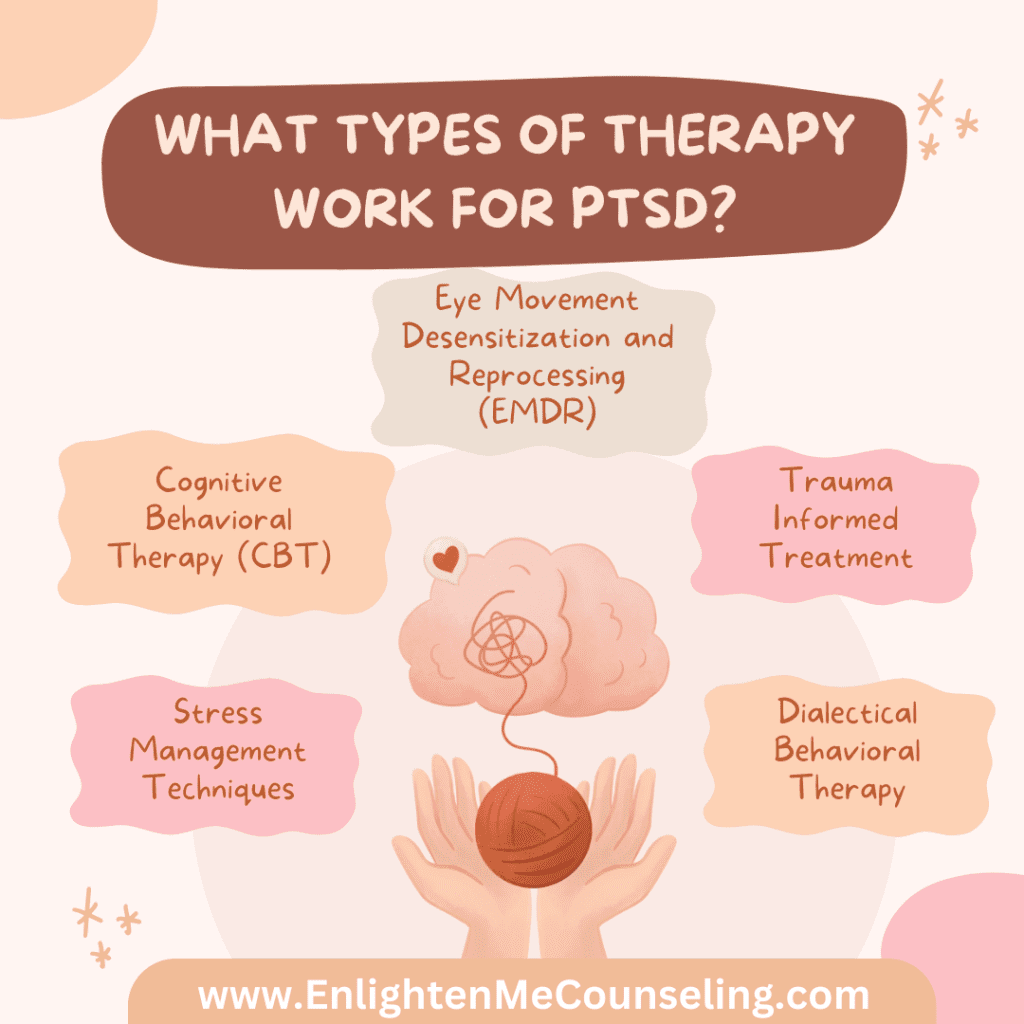
What is PTSD?
Post-traumatic stress disorder (PTSD) is a mental health condition triggered by experiencing or witnessing a traumatic event. It’s not just about the physical scars of any trauma but also about the deep emotional wounds that take much longer to heal. PTSD is often associated with soldiers returning from war. Still, it can affect anyone who’s been through an intense traumatic experience, such as a natural disaster, a severe accident, neglect, and psychological, physical, or sexual abuse. Or sudden or violent loss of a loved one or other serious events.
The key to understanding PTSD lies in recognizing that it is a normal reaction to abnormal situations. The human brain is wired to respond to danger with a fight or flight response, and PTSD occurs when this response is damaged or altered in some way. The trauma experienced leads to a series of complex reactions in the brain, which affects the individual’s ability to process emotions and memories related to the event.
Symptoms of PTSD
PTSD symptoms can vary significantly from person to person but generally fall into four main categories:
1. Intrusive Memories: This can include recurrent, unwanted, distressing memories of the traumatic event, flashbacks (reliving the trauma as if it’s happening again), and nightmares about the trauma.
2. Avoidance: People with PTSD may try to avoid thinking or talking about the traumatic event. They might also avoid places, activities, or people that remind them of the trauma.
3. Negative Changes in Thinking and Mood: This includes feelings of hopelessness, memory problems, trouble maintaining close relationships, detachment from family and friends, lack of interest in activities once enjoyed, and difficulty experiencing positive emotions.
4. Changes in Physical and Emotional Reactions: Also known as arousal symptoms, these can include being easily startled or frightened, always being on guard for danger, self-destructive behavior (like drinking too much or driving too fast), trouble sleeping, irritability, angry outbursts, and overwhelming guilt or shame, shutting down, numbing, self-harm, and changing in eating patterns.
Who Can Have PTSD
PTSD can affect anyone, regardless of age, nationality, ethnicity, or gender. It’s a common misconception that only military personnel who’ve been in combat can develop PTSD. In reality, it can occur in all people of any ethnicity, nationality, or culture and at any age. This includes war veterans, children, and people who have been through a physical or sexual assault, abuse, accident, disaster, or other serious events such as sudden loss of a loved one, traumatic divorce, being fired from work, or bullying.
What Can Trigger PTSD
The triggers for PTSD are as varied as the individuals who suffer from it. A trigger is anything—a sound, a smell, a sight, or a thought—that reminds the person of the traumatic event and sets off a PTSD symptom. For example, for a war veteran, it could be the sound of fireworks or a car backfiring, while for a car accident survivor, it could be the act of getting into a car.
These triggers can be obvious or subtle, and sometimes, the person might not even be consciously aware of what is triggering their PTSD symptoms. Understanding and identifying these triggers is a crucial step in managing PTSD.
My Approach to Therapy for PTSD
Treating PTSD effectively often requires a multi-faceted approach. I employ various methods depending on the individual.
1. Cognitive Behavioral Therapy (CBT): CBT helps individuals reframe their thoughts about the traumatic event and themselves.
2. Trauma Informed Treatment: This approach seeks to resist re-traumatization by creating a supportive environment that empowers individuals, focusing on safety and trustworthiness, and prioritizing the survivor’s needs and strengths.
3. Eye Movement Desensitization and Reprocessing (EMDR): This involves focusing on traumatic memories while experiencing bilateral stimulation (usually eye movements), which is believed to lessen the emotional impact of these memories.
4. Stress Management Techniques: This involves learning a variety of techniques that will help individuals manage and reduce stress.
5. Dialectical Behavior Therapy (DBT): DBT is a type of type of talk therapy (psychotherapy). It focuses on teaching people skills to cope with stress, regulate emotions, and improve relationships with others.
When to Seek Help for PTSD
A qualified therapist can help you navigate PTSD by guiding you through the healing process. Hope is just around the corner and treatment can significantly improve the quality of life of a PTSD sufferer. It may even save a life.
